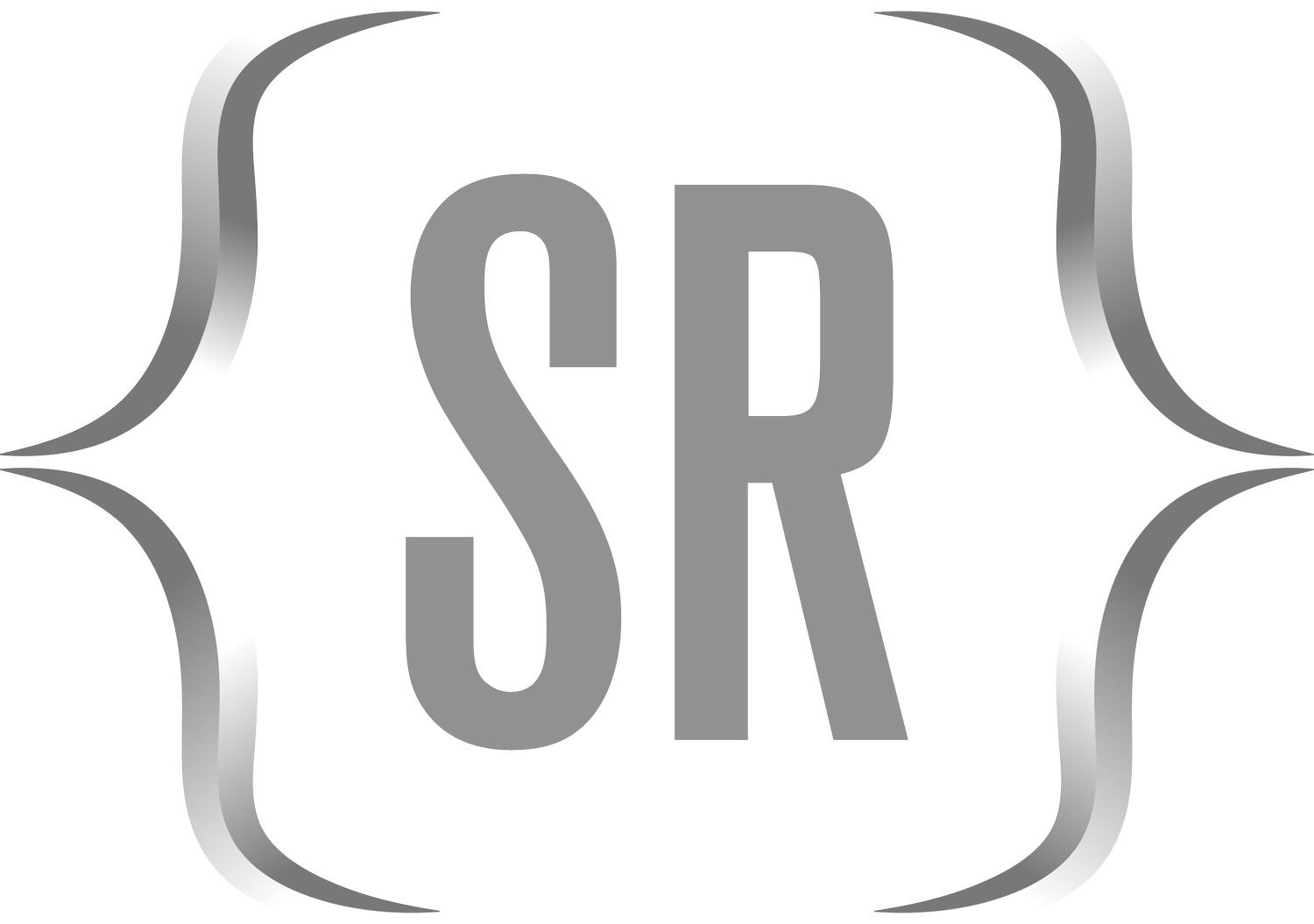
The “theme_minimal” Function in R
To apply a minimalistic theme to ggplot objects, removing unnecessary elements.
The “labs” Function in R
To customize plot labels (title, subtitle, axis labels, and captions).
The “scale_y_continuous” Function in R
To customize the y-axis scale for continuous variables in a ggplot.
The “scale_x_continuous” Function in R
To customize the x-axis scale for continuous variables in a ggplot.
The “facet_wrap” Function in R
To create a multi-panel display of plots based on a categorical variable, wrapping the panels into a grid.
The “geom_line” Function in R
To add a layer of lines to a plot, connecting points in the order of the data frame.
The “geom_point” Function in R
To add a layer of points to a plot, which is commonly used for creating scatter plots.
The “aes” Function in R
To map variables to aesthetic attributes in a plot, such as x and y positions, colors, shapes, etc.
The “theme” Function in R
To customize the non-data elements of a plot, such as the background, gridlines, and axis labels.
The “ggplot_gtable” Function in R
To convert a ggplot object to a gtable object for more advanced layout customization.
The “ggplot_build” Function in R
To extract data from a ggplot object for further analysis or modification.
The “ggplot” Function in R
To create complex and customized data visualizations using the Grammar of Graphics framework.
The “with” Function in R
To evaluate an expression or multiple expressions within the context of a data frame or environment.
The “str_remove_all” Function in R
To remove all occurrences of a matched pattern from a character vector using regular expressions.
The “str_remove” Function in R
To remove matched patterns from a character vector using regular expressions.
The “str_match_all” Function in R
To extract all matched groups from a character vector using regular expressions.
The “str_match” Function in R
To extract matched groups from a character vector using regular expressions.
The “str_glue” Function in R
To interpolate variables into strings using a flexible syntax.
The “readRDS” Function in R
To read an R object saved in a file in the RDS (R Data Serialization) format.
